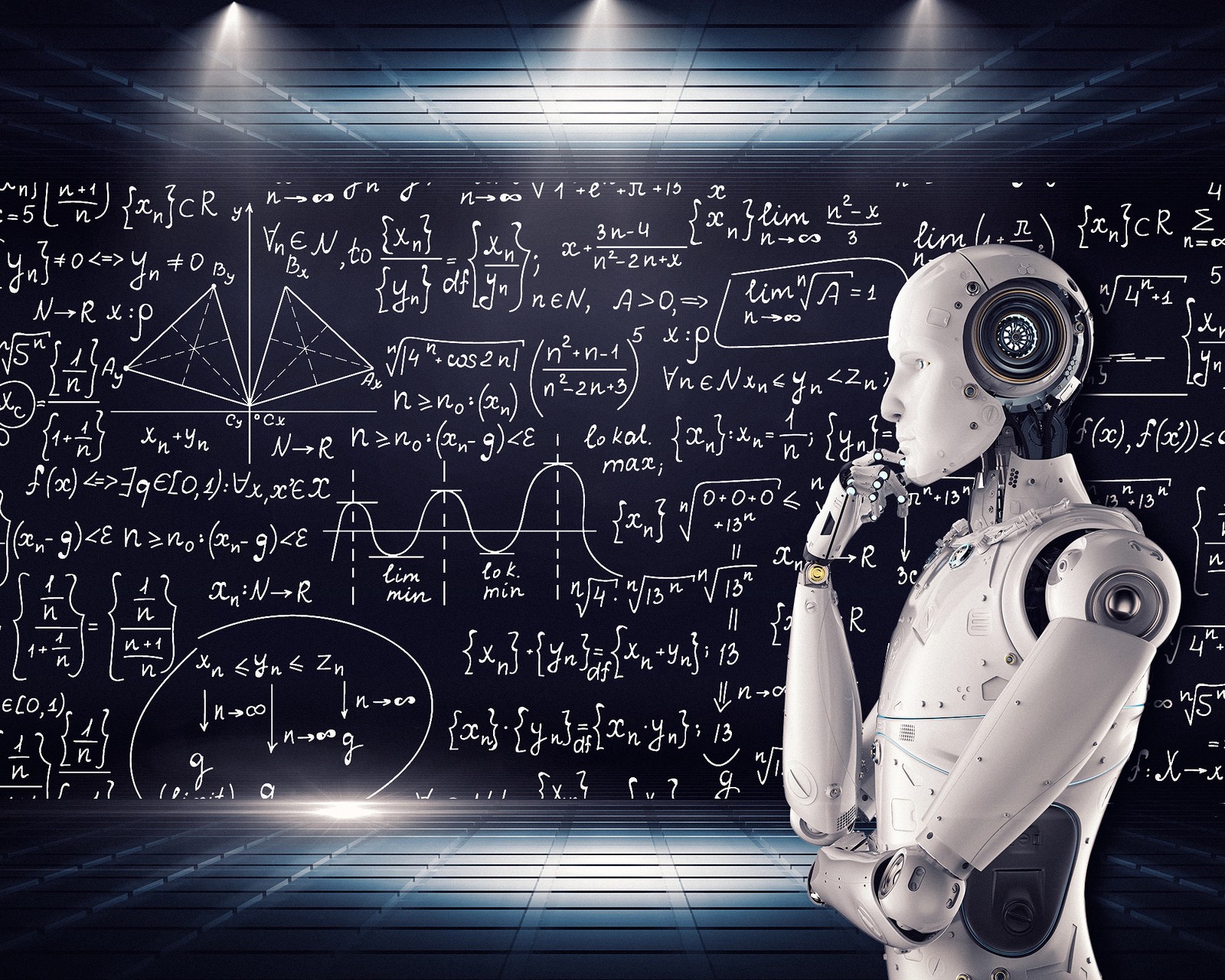3 min to read
Creativity in Artifical Intelligence
by Johan Mazorra

Introduction
Computer based intelligence should focus fundamentally on P-inventiveness. On the off chance that it figures out how to demonstrate this in a ground-breaking way, at that point fake H-inventiveness will happen now and again surely, it as of now has, as we will see. (In what pursues, I will not utilize the letter-prefixes: more often than not, it is P-innovativeness which is at issue.)
Three kinds of inventiveness
There are three principal kinds of innovativeness, including various methods for creating original thoughts. Every one of the three outcomes in amazement, however just one (the third) can prompt the “stun’ of shock that welcomes an obviously inconceivable thought [2]. Various types incorporate some H-innovative models, however, the makers celebrated in the history books are all the more frequently esteemed for their accomplishments in regard to the third sort of imagination.
The primary kind includes novel (unlikely) blends of natural thoughts. Give us a chance to call this “combinational” inventiveness. Models incorporate much idyllic symbolism, and furthermore, the relationship wherein the two recently related thoughts share some innate reasonable structure.
Analogies are once in a while investigated and created at some length, for reasons for a talk or critical thinking. In any case, even the negligible age, or gratefulness, of an adept relationship includes a (not really cognizant) reasonable basic mapping, whereby the similitudes of a structure are seen as well as are made a decision regarding their quality and profundity.
The second and third sorts are firmly connected, and more like each other than either is to the first. They are “exploratory” and “transformational” inventiveness. The previous includes the age of original thoughts by the investigation of organized theoretical spaces. This regularly results in structures (“thoughts”) that are novel, however sudden. One can quickly observe, be that as it may, that they fulfill the ordinances of the reasoning style concerned. The last includes the change of approximately (at least one) measurement of the space, with the goal that new structures can be produced which couldn’t have emerged previously. The more major the measurement concerned, and the more dominant the change, all the more amazing the new thoughts will be. These two types of innovativeness shade into each other, since the investigation of the space, can incorporate negligible “tweaking” of genuinely shallow limitations. The qualification between a change and a change is somewhat a matter of judgment, however, the more well-characterized space, the more clear this refinement can be. Numerous individuals including (for instance) most expert researchers, specialists, and jazz-artists bring home the bacon out of exploratory innovativeness. That is, they acquire an acknowledged style of reasoning from their way of life, and after that seek it, and maybe externally change it, to investigate its substance, limits, and potential. Be that as it may, individuals once in a while change the acknowledged calculated space, by modifying or expelling (at least one) of its measurements, or by including another one. Such change empowers thoughts to be created which (in respect to that reasonable space) were beforehand inconceivable. The more central the change, as well as the more major the measurement that is changed, the more unique the recently potential structures, will be. The stun of shock that goes to such (already outlandish) thoughts is a lot more noteworthy than the astonishment occasioned by simple impossibilities, anyway startling they might be. On the off chance that the changes are excessively extraordinary, the connection between the old and new spaces won’t be promptly obvious. In such cases, the new structures will be ambiguous, and all around likely rejected. In fact, it might set aside some effort for the connection between the two spaces to be perceived and for the most part, acknowledged.